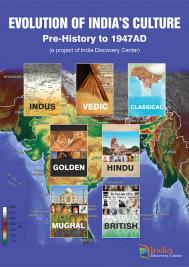Contribute
| India British Period (1800 CE To 1947 CE) Introduction |
Bijoy Misra
11/09/2022
India British Period (1800 CE to 1947 CE) Introduction Bijoy Misra The initial colony was set up by a British trade group called East India Company. Other trade groups from Portugal, France, Netherlands and Denmark also operated. The British elbowed others out and established their sole control by 1800CE. Massive media sloganeering was engineered to create a context that the traditional Indian culture was primitive and must be replaced by English culture. The native society was divided into multiple subgroups through self-serving laws passed through the British Parliament. Princely states were created for the convenience of tax collection (Figure 1). On the eve of their departure the British broke the nation in two creating a new entity called Pakistan which remains incomplete ever since. Figure 1. Administrative map of India, 1934-1947. The British tried to suppress the handloom industry in order to promote mill-produced textiles from England. Custom jewelry was replaced by machine-produced fake imitation jewelry. Raw materials from India were shipped to England to manufacture goods that were sold in India and other colonies. All indigenous goods like oil, soap and medicine were replaced with the foreign goods. A new genre of landlord gentlemen was created to exploit the farmers and collect taxes. Art, music, literature and theater received the western taste (Figure 2). New literature was geared towards social reform. The new literate eventually called for human rights and independence from the foreign rule. Figure 2. Oil Painting in India, nineteenth century Figure 3. Development formal grammar books by the Jesuits in India. The Christian Jesuits aggressively worked on conversion during the British rule. Churches were constructed in all major cities (Figure 4). Conversions were facilitated through the incentives of tax rebates or government employment. Human god of Christianity did engineer the model of living gods in Hinduism. Temple worship to beg security and protection became the new norm among the religious public. Multiplicity of cults and sects developed through the economic division set through castes and subcastes. A whole new service class emerged as a product of urbanization and colonial living. Religious climate in the country was broadly conflict-ridden. Figure 4. St James Church, Delhi, 1836 The British did take initiative to create a survey map of India and tried to take stock of wildlife and forest products. Systematic surveys aided by careful book-keeping gave a new identity to India (Figure 5). Though universities did open in 1857, there was no science or technology classes. Indian Institute of Cultivation of Science opened in 1875 in Calcutta through private funds. Sir C. V. Raman working in the evenings at this institution was awarded Nobel prize in Physics in 1929. Parsi industrialist Jamsetji Tata established steel mills and also founded the Institute of Science in Bangalore as science-oriented institution. Others tried to produce indigenous products of oils, cosmetics and sanitation needs to compete against the expensive English products. India shared 24% of the world GNP in 1700CE and recorded 4% of world GNP in 1947CE when the British left India. India’s marine trade was destroyed. Much of the grain producing fertile lands were converted to produce indigo and cotton for the British consumption. Irregularity of grain distributions caused massive famines (Figure 6). The British did establish the India railways and also developed road transport network with the express aim of transporting goods for export to England. The period saw massive transfer of wealth from Indian to England with estimates of about forty-four trillion dollars at the current currency rate. The British helped formalize the parliamentary system of government helping to create modern India as the largest democracy in the world. Figure 6. Odisha famine, 1866 References: 1.. History and Culture of Indian People, Ed R.C.Majumdar, Bharatiya Vidya Bhavan, 1960. 2. The British in India: Three Centuries of Ambition and Experience, David Gilmour, Penguin 2019 3. The Anarchy: The East India Company, Corporate Violence, and the Pillage of an Empire, William Dalrymple, Bloomsbury, 2022 ------------------------------------------ Dr. Bijoy Misra serves as the President of India Discovery Center and compiles the project on "Evolution of Indian Culture: Pre-history to 1947AD" The previous essays and updates on the project are available at https://www.facebook.com/Evolution-of-Indian-Culture-An-IDC-Project-107749391111922 More information on India Discovery Center is available at https://www.indiadiscoverycenter.org (c) Copyright 2022 India Discovery Center, Inc. All rights reserved. 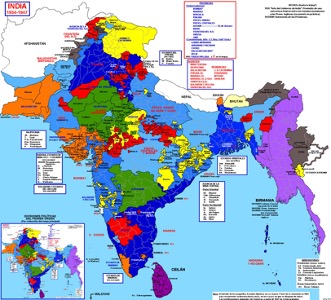
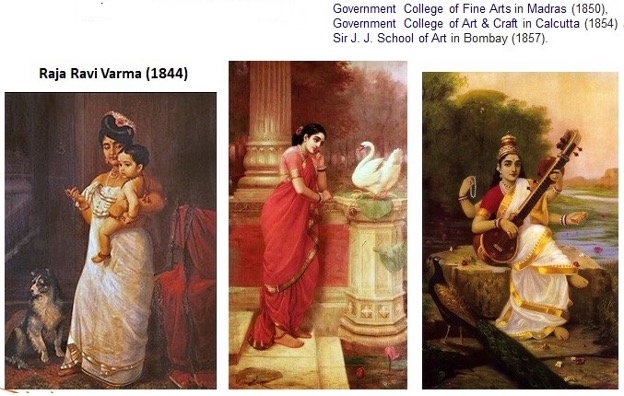
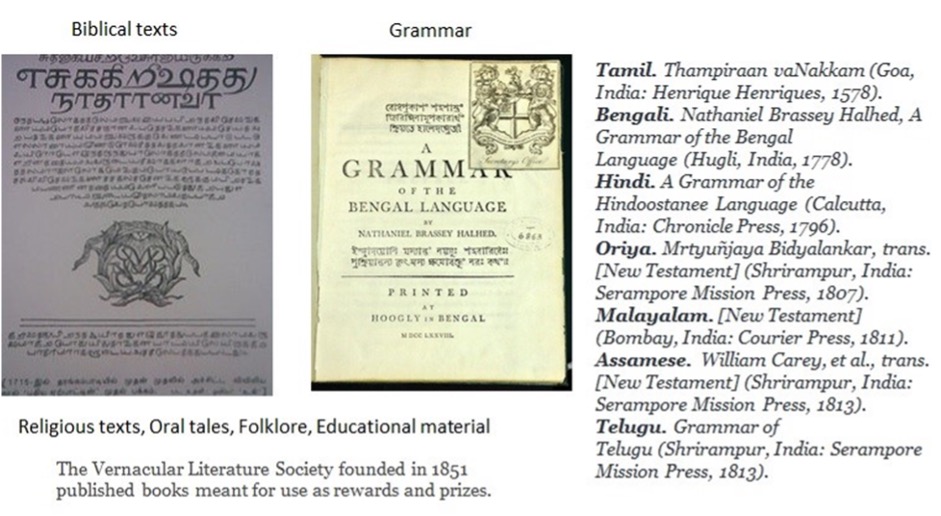
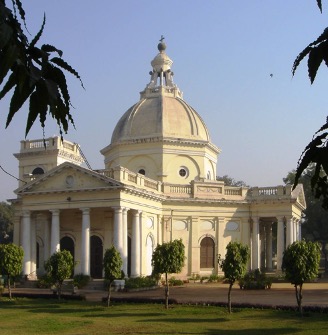
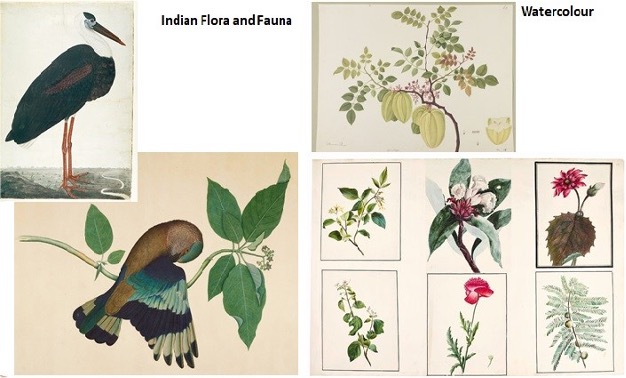
Figure 5. Cataloging flora and fauna of India through watercolor (nineteenth century)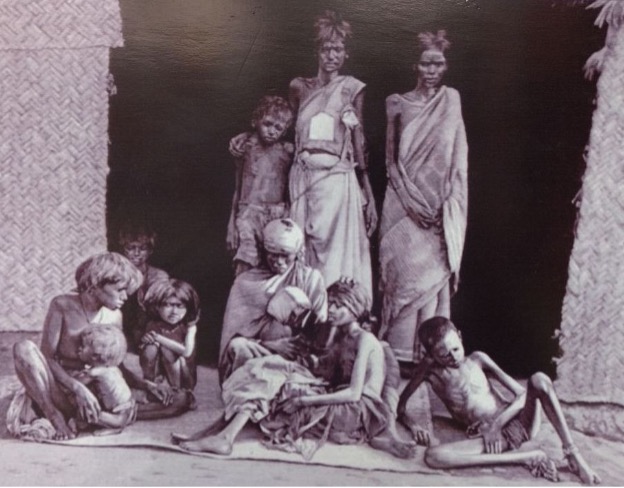
You may also access this article through our web-site http://www.lokvani.com/






